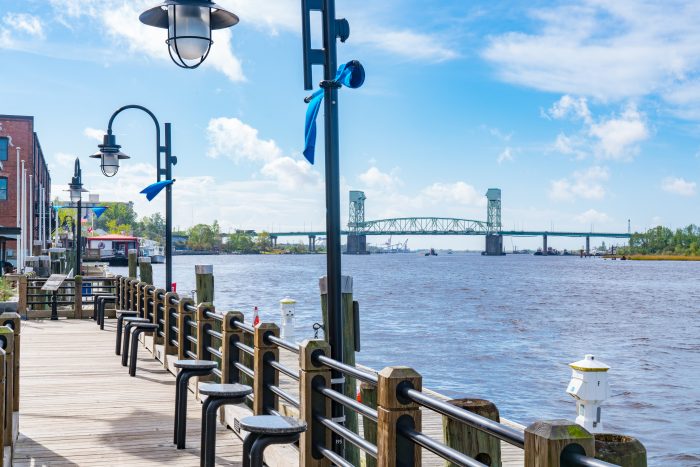EPA guides states on how to stop toxic PFAS pollution
Earlier this week, EPA issued new guidance reinforcing that state agencies should use existing clean water laws to stop PFAS and other forever chemical pollution from contaminating our rivers, lakes, streams, and drinking water sources nationwide.
Thank you to the thousands of clean water advocates who stood with SELC and asked EPA to act fast and use its full authority to stop industrial chemical pollution at the source. Dozens of members of Congress and more than 70 environmental organizations also weighed in to ask EPA to protect drinking water from toxic PFAS pollution when announcing its National Pollutant Discharge Elimination System, or NPDES, permitting guidance to states this winter.

“This EPA guidance is a pivotal moment in the fight against toxic PFAS pollution for communities nationwide, and makes clear that states must act now to protect people and their drinking water,” says Geoff Gisler, senior attorney and leader of SELC’s Clean Water Program who leads litigation to stop PFAS pollution. “Our work in North Carolina against Chemours is proof that PFAS polluters can be held accountable under current law.”
Learn more about the agreement we reached requiring Chemours to reduce more than 99 percent of its chemical water pollution.
The latest EPA guidance is a pivotal moment in communities’ fight nationwide against toxic PFAS and other forever chemical pollution.
“We now look forward to working with state agencies across our region to ensure that permits under the Clean Water Act protect our water from these industrial chemicals,” says Gisler.
